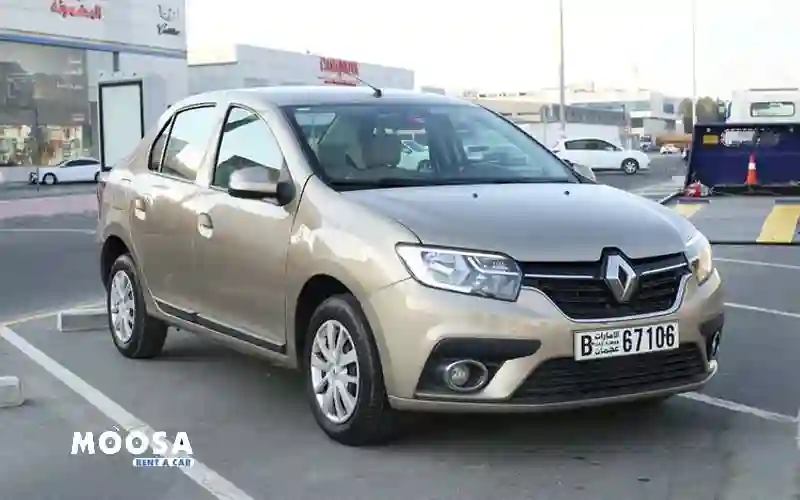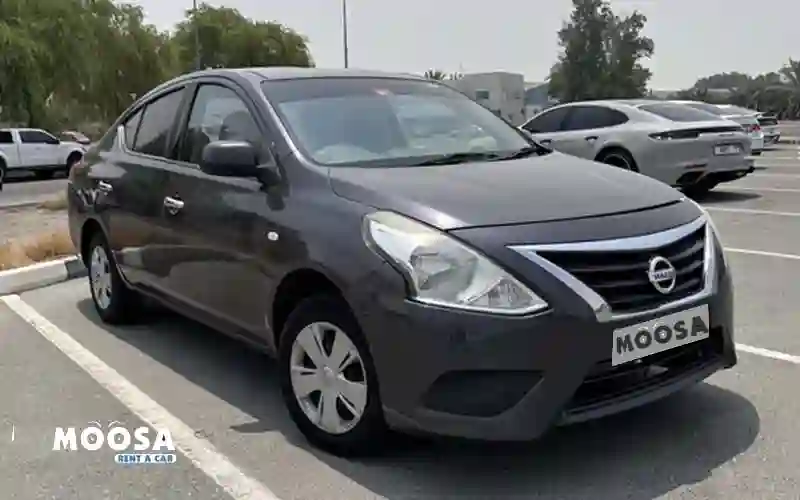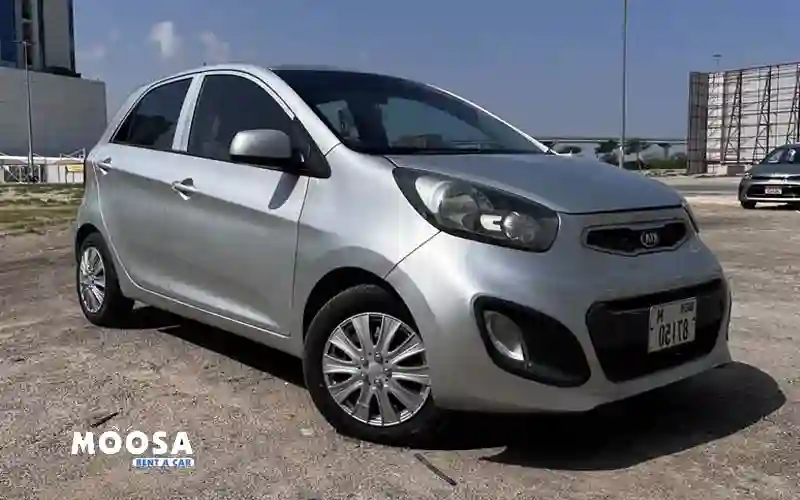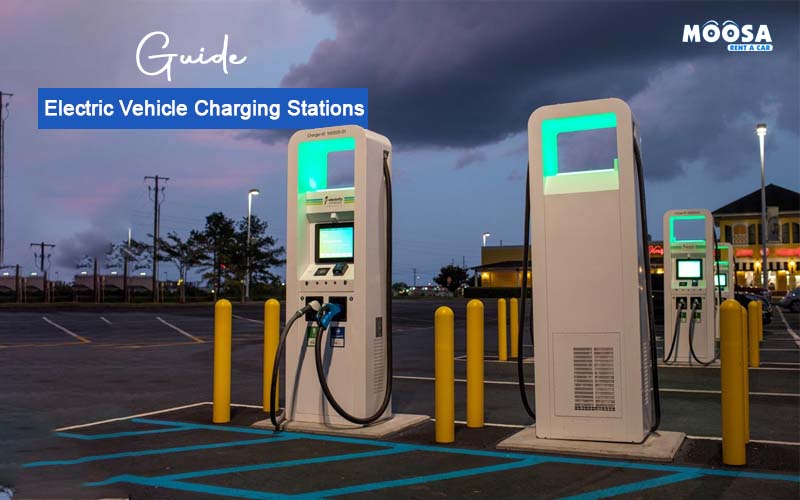A great maintenance culture helps to minimize costs in the long-term tenure. It actually lengthens the life of a vehicle. Many tragic accidents and sudden breakdowns could be avoided if drivers knew safety checks. These are vital checks to do on their cars every day before driving. Consistently examining your car checklist before a road trip helps to find problems early enough. Thereby, ensuring safer journey.
What To Check Before a Road Trip?

Here are 10 essential things to check before a road trip. As it effectively ensures your vehicle is safe for driving:
Fluids (Oil and Coolant)
Start with an under-the-bonnet check. Checking fluid levels is very crucial. Yet it is often overlooked by many drivers most of the time. It may mean that there is a small leak if the level of coolant or oil is too low. Make sure that the brake fluid has sufficient amount. Otherwise, it would imply that you cannot drive your car safely.
Lights
If you are going on a night trip or driving in misty areas, make sure all its lights function properly. Especially, when one goes to unfamiliar regions. This seems so easy but still a very important task. Try not to forget it. Many customers require new tail/brake lights. As this happens frequently due to constant use during braking. But many of them overlook it for a longer period of time unless severe damage happens.
Wipers
Check whether wipers effectively remove water from the windscreen by switching them on. Test if they work properly using windscreen washers spray, then see if they work well. Clear visibility greatly depends on appropriate wiper operation. If you see any disturbance then check it before you are going out. Fill the spray tank as well.
Wheels and Tires
During long trips, tires play a vital role as they connect your car with the road. Firstly, assess how deep treads are. Most tires have a tread depth indicator. So, when worn until this point, it means they need replacement. Additionally, examine the tire surface for damage such as nicks, bulges or bubbles. Always keep checking tire pressures even when not traveling long distances. Too high inflated tires wear out at center while under-inflated ones wear at sides & edges.
Brake Pads
Checking for worn out brake pads is another key area. In brake pads, one part is metal and the other part is composite. The composites should be more than 5 millimeters thick. Once worn below this they must be replaced. Make sure the handbrake works properly. It should not click more than four times to secure the car. More than four clicks would fail a roadworthy test.
Leaks
After you have checked the engine’s fluid levels, inspect the car from beneath for any leakages. Check it from all different parts and pipes. If there are oil marks or shiny coolant on your floor, ask a technician to investigate. Don’t drive until you have solved the problem.
Drive Belts
Whilst you are under your vehicle check whether there is any damage to the drive belt. A bad or worn drive belt may cause an entire engine failure. A wrong drive belt doesn’t allow charging of battery. Moreover, it makes the engine overheat since the water pump is driven by it. This is especially important if you are planning a long trip or have done many kilometers since your last service. One of the keys to remember is to try to check the drive belts more often.
Steering
Some tests can only be done while driving. Qualified technicians can identify problems like strange sounds coming from the engine. Or there can be a vibration as well as suspension issues within a short period of time. For steering, during a road test one can tell if the car pulls on one side. This actually shows that wheel alignment could be off centering. The wheels are required to be inspected further for solving the matter.
Breaks and Clutch
In addition to checking brake pads when stationary, how does it behave while breaking? It should not drift off to one side during breaking as this may indicate an underlying problem. If it is overlooked then it may lead to severe accidents as well.
Documents
Make sure that your vehicle’s documents are always up-to-date. You need to verify your driver’s license, proof of ownership, insurance certificate (if applicable). Furthermore, have roadworthy certificates and vehicle registration papers at all times. These will save you from fines, inconveniences and possible impoundments of cars for having out-of-date information.
These 10 steps ensure that your car is safe to drive in.
Final Thoughts
Sharing is caring! Share with friends Dubai Rent-a-car checklist reminding them about car maintenance and safe driving practices. When you know all that needs to be checked before driving then you will have peace of mind when driving. Since, you will be sure that your vehicle is sound.
Do this routine check every time, whether you are with family and kids. It is a must act while going on a journey or just visiting the supermarket. Drive safely as a way of life!








